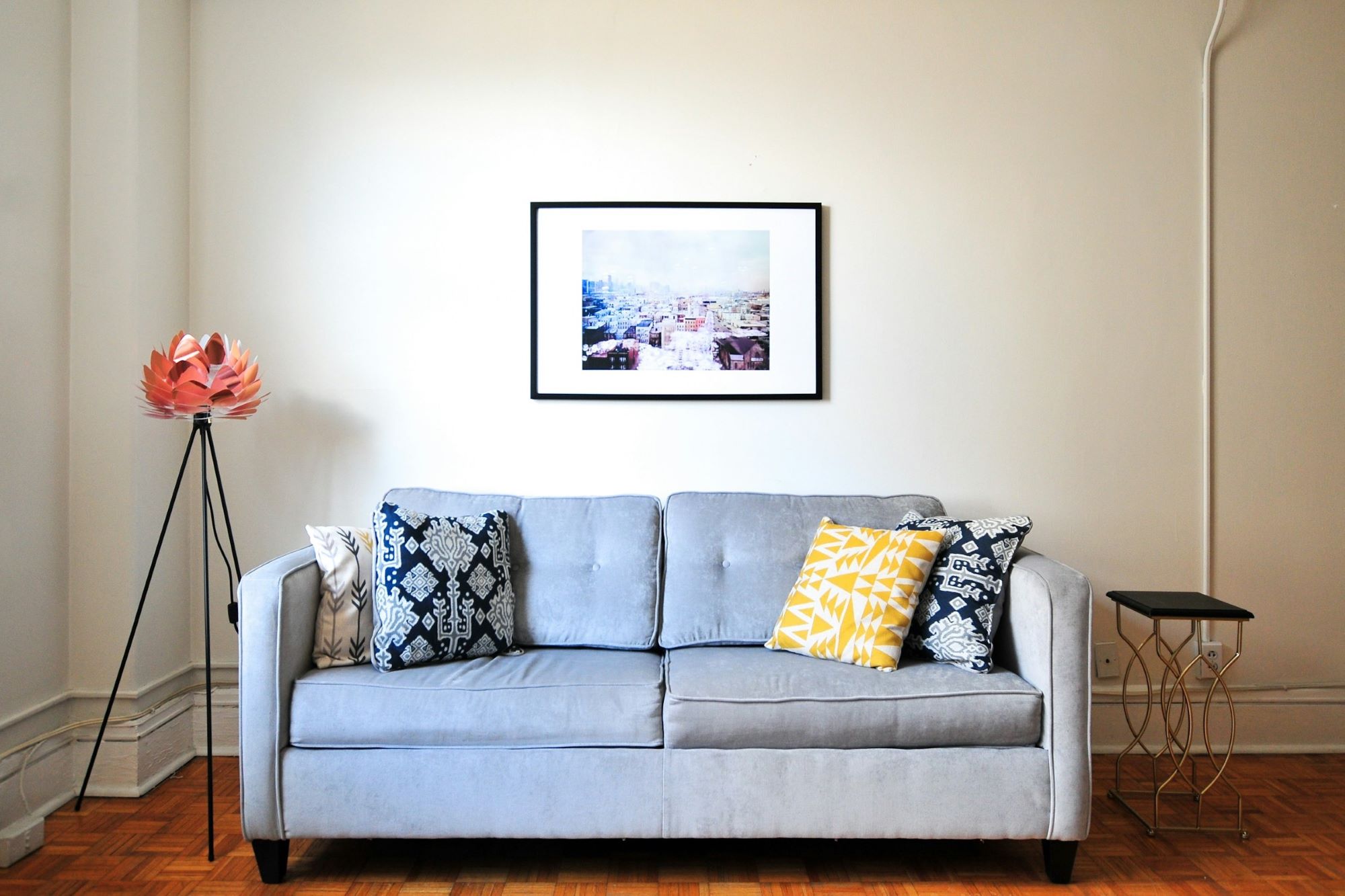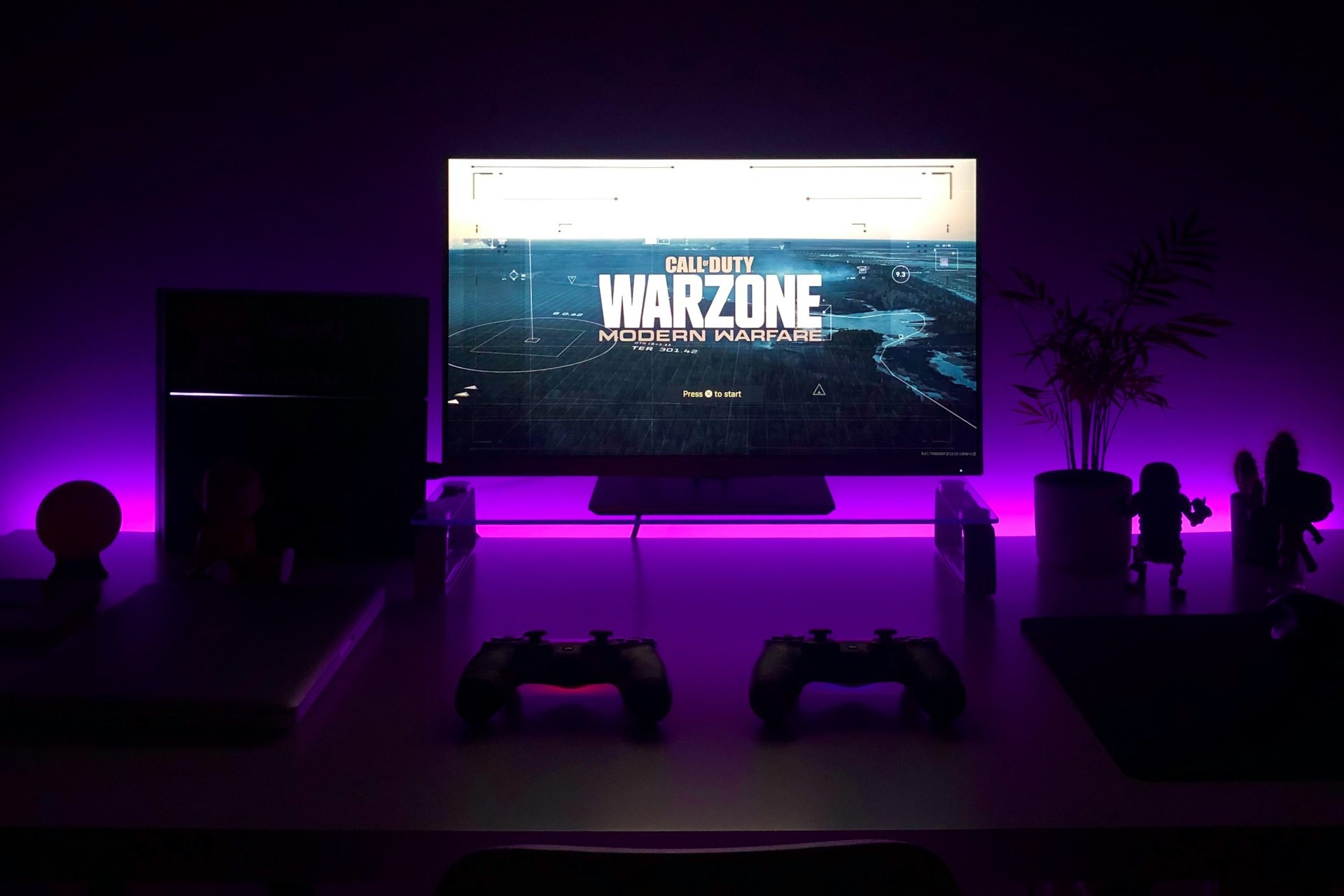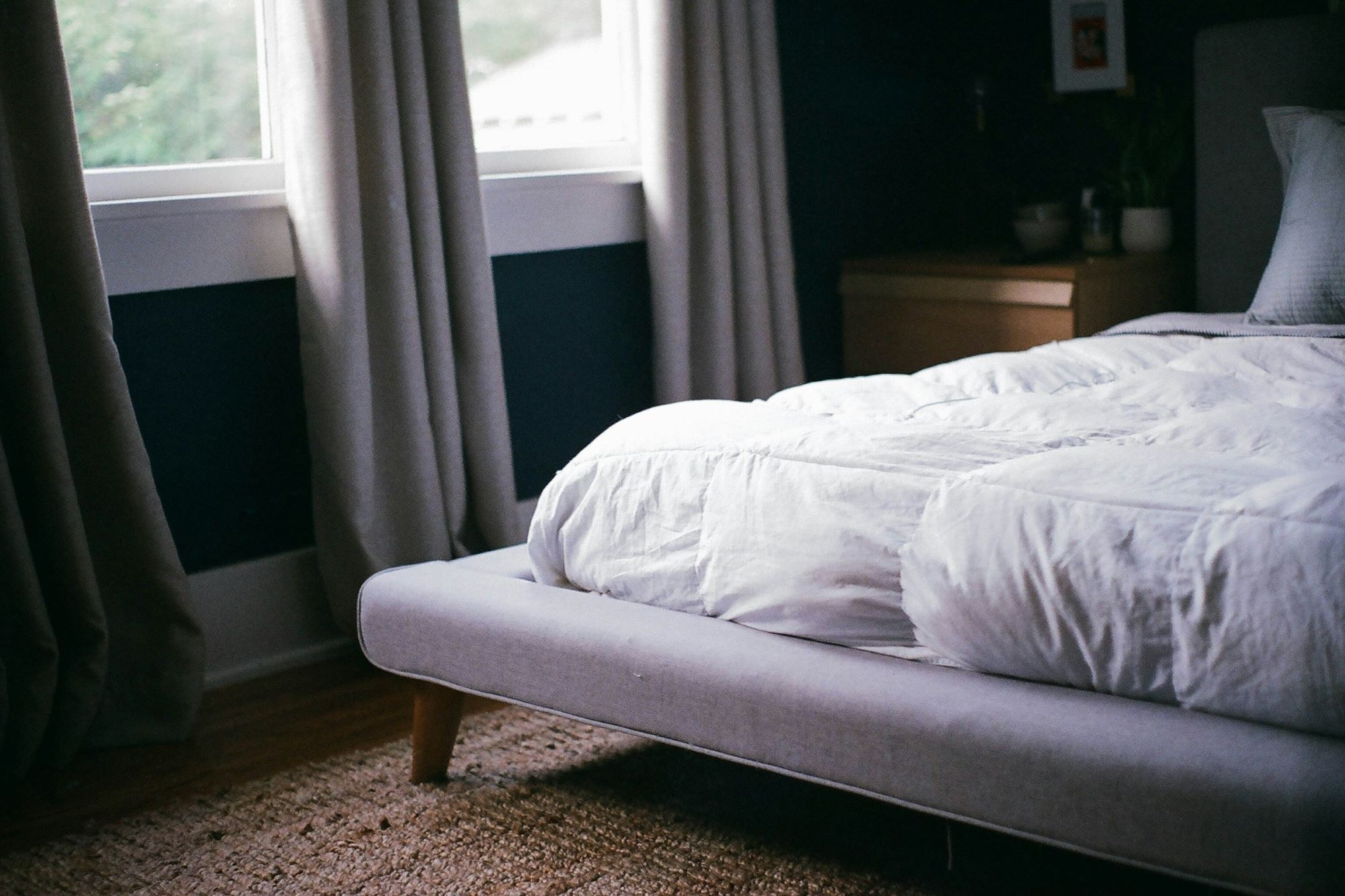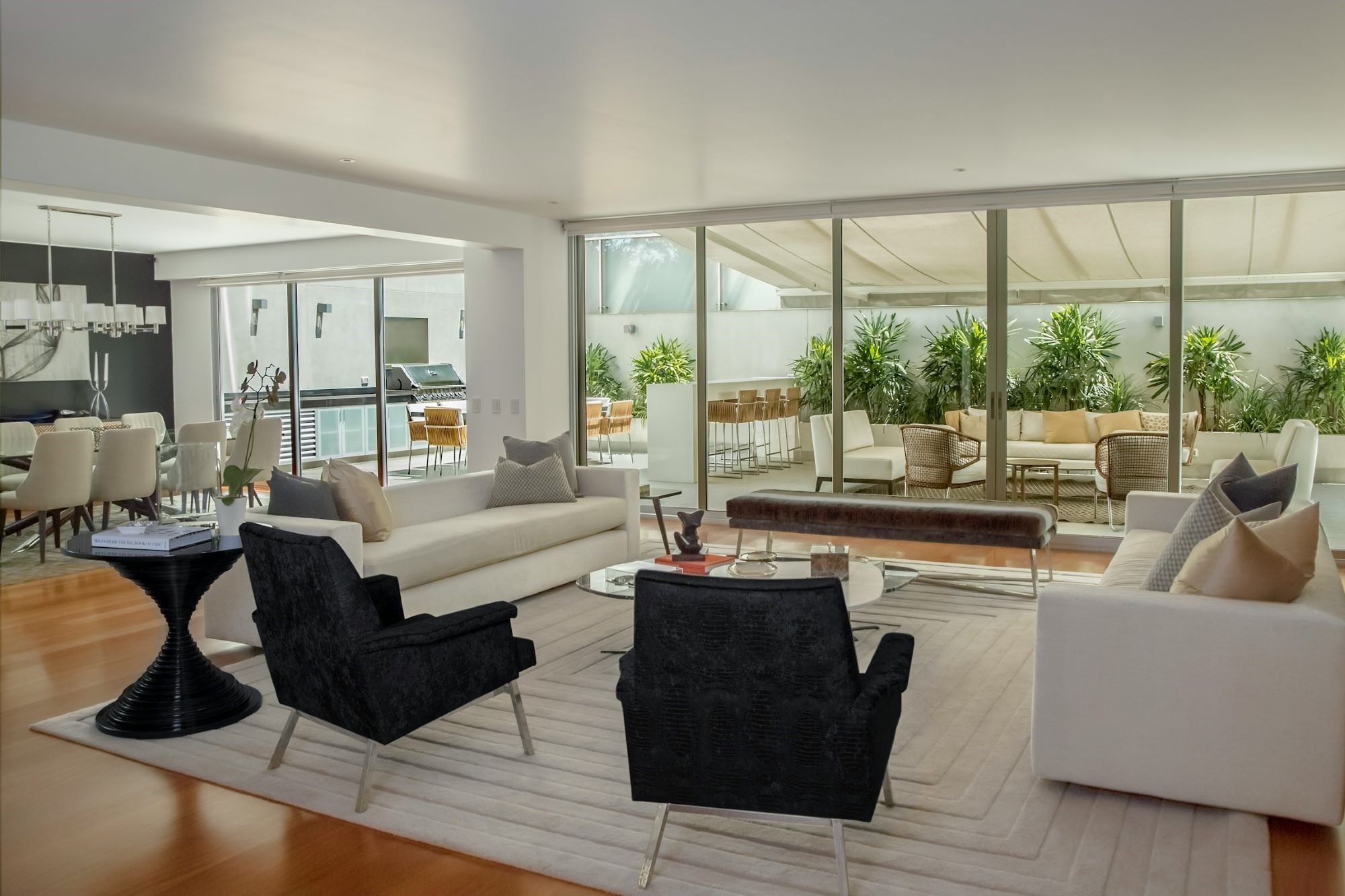Choosing the right colors to complement your grey sofa can transform your living space into a stylish and harmonious haven. Whether you aim for a modern look or a cozy, eclectic vibe, understanding how to pair colors with grey is essential. This article will guide you through the best color combinations, providing practical tips and inspiration to make your grey sofa or stretchy couch cover stand out beautifully.
Grey as a Neutral Color
What Makes Grey a Versatile Choice
Grey is often celebrated for its versatility and sophisticated appeal, making it an excellent choice for various interior design styles. One of the primary reasons grey is so adaptable is its neutrality. Unlike colors with strong hues, grey doesn’t clash easily with other colors, allowing it to blend seamlessly into different palettes. This makes it an ideal backdrop that can anchor a room without overwhelming it. Whether you want a minimalist look or a more eclectic mix, grey provides a stable foundation upon which you can build your desired aesthetic.
Another reason for grey’s popularity is its ability to complement both warm and cool tones. Depending on the shade, grey can lean towards warmer or cooler undertones, making it suitable for a range of color schemes. For instance, a warm grey with brown undertones can create a cozy, inviting atmosphere, while a cool grey with blue undertones can make a space feel calm and serene. This chameleon-like quality allows grey to adapt to various settings and styles, from contemporary to traditional.
Moreover, grey’s sophisticated nature makes it a go-to color for adding elegance to a space. It conveys a sense of maturity and refinement, often associated with high-end design. When used in furniture like sofas, grey can elevate the overall look of a room, making it feel more polished and cohesive. This sophistication is further enhanced by the texture and fabric of the grey item, whether it’s a sleek leather sofa or a plush velvet one, each bringing a unique character to the space.
Different Shades of Grey
The spectrum of grey shades ranges from light, airy hues to deep, moody tones, each bringing its own unique vibe to a room. Light grey shades, often referred to as “greige” when they have beige undertones, are perfect for creating a spacious and airy feel. These shades reflect more light, making rooms appear larger and brighter. Light grey is ideal for smaller spaces or rooms that lack natural light, as it can help to open up the area and make it feel more welcoming.
On the other end of the spectrum, dark grey shades like charcoal or slate can add depth and drama to a room. These deeper tones are perfect for creating a cozy and intimate atmosphere, making large rooms feel more enclosed and inviting. Dark grey can also add a touch of luxury and sophistication, especially when paired with rich textures and metallic accents. However, it’s important to balance dark grey with lighter elements to prevent the space from feeling too heavy or oppressive.
Mid-tone greys offer a balanced approach, sitting comfortably between light and dark shades. These shades are versatile and can work well in various settings, providing a neutral backdrop that can be easily dressed up or down. Mid-tone greys can harmonize with a wide range of colors and are particularly effective in creating a cohesive and balanced look. They are neither too stark nor too intense, making them a safe yet stylish choice for any room.
Color Theory Basics
Warm vs. Cool Colors
Understanding the distinction between warm and cool colors is fundamental in color theory and can significantly impact the mood and perception of a space. Warm colors, such as reds, oranges, and yellows, evoke feelings of warmth, energy, and comfort. These colors are reminiscent of sunlight and heat, making them ideal for creating inviting and stimulating environments. In contrast, cool colors like blues, greens, and purples tend to have a calming and soothing effect. These colors are associated with water, sky, and nature, promoting relaxation and tranquility.
| Color Type | Examples | Effects When Paired with Grey | Suitable Rooms |
| Warm Colors | Red, Orange, Yellow | Creates an inviting and energetic atmosphere | Living Room, Dining Room |
| Cool Colors | Blue, Green, Purple | Promotes calmness and relaxation | Bedroom, Bathroom |
Incorporating warm colors with grey can make a space feel more lively and dynamic. For instance, a grey sofa with red or orange cushions can add a burst of energy and make the living room feel more welcoming. On the other hand, pairing grey with cool colors like blue or green can transform a bedroom into a serene retreat, perfect for unwinding after a long day.
Complementary Colors
Complementary colors are pairs of colors that are opposite each other on the color wheel. When used together, these colors create a high contrast and vibrant look, which can make a room feel more dynamic and visually stimulating. For example, yellow is a complementary color to grey, and when these two are paired, the result is a lively and energetic combination. This contrast can make elements in the room stand out more, creating focal points that draw the eye.
| Color | Complementary Color | Example Combination | Visual Impact |
| Grey | Yellow | Grey sofa with yellow cushions | Lively and vibrant |
| Grey | Coral | Grey rug with coral accents | Fresh and modern |
| Grey | Teal | Grey walls with teal artwork | Dynamic and bold |
Using complementary colors effectively requires a balance to ensure the space doesn’t become overwhelming. Typically, one color should dominate while the other acts as an accent. For instance, a predominantly grey room can be brightened up with splashes of yellow in the form of cushions, throws, or decorative items, creating a balanced yet eye-catching look.
Analogous Colors
Analogous colors are groups of colors that are next to each other on the color wheel. These colors usually match well and create serene and comfortable designs. Combining grey with analogous colors such as blues and greens can result in a harmonious and cohesive look, perfect for creating a tranquil environment. This combination is often found in nature, which can bring a sense of peace and balance to your interior design.
| Base Color | Analogous Colors | Example Combination | Effect |
| Grey | Blue, Green | Grey sofa with blue and green accents | Serene and balanced |
| Grey | Lavender, Pink | Grey bedspread with lavender and pink pillows | Soft and calming |
| Grey | Navy, Turquoise | Grey curtains with navy and turquoise decor | Cool and cohesive |
Analogous color schemes are ideal for those who prefer a more subtle and harmonious approach to interior design. For example, a grey sofa can be complemented with blue and green cushions to create a serene living space. This type of color scheme is easy on the eyes and can make a room feel more put together and thoughtfully designed.
Best Color Combinations with Grey Sofa
Neutral Tones
White
Pairing grey with white can create a clean, crisp, and timeless look. This combination is ideal for those who prefer a minimalist aesthetic. White accents like pillows, throws, or even walls can enhance the sophistication of a grey sofa, making the space feel open and airy. This color scheme works well in small spaces as it helps reflect light, giving the illusion of a larger room.
- Clean and crisp look
- Enhances sophistication
- Ideal for minimalist aesthetics
Beige
Beige adds warmth and softness to grey, creating a cozy and inviting atmosphere. This combination is perfect for those who want to introduce a subtle warmth without overpowering the neutral base of grey. Beige elements like rugs, curtains, or cushions can complement a grey sofa beautifully, making the space feel more homely and comfortable.
- Adds warmth and softness
- Creates a cozy atmosphere
- Perfect for subtle warmth
Black
For a bold and modern feel, black accessories or furniture pieces can provide a striking contrast against a grey sofa. This combination can add a dramatic flair to your space, making it feel sophisticated and contemporary. Black and grey together can create a sleek and stylish look, ideal for modern and industrial designs.
- Bold and modern feel
- Striking contrast
- Ideal for contemporary designs
Bold and Vibrant Colors
Yellow
Yellow is a complementary color to grey, adding brightness and cheerfulness to your space. Yellow cushions, rugs, or artwork can enliven a grey sofa, creating a lively and vibrant atmosphere. This combination is perfect for adding a pop of color and energy to your living room.
- Adds brightness and cheerfulness
- Enlivens the space
- Perfect for a pop of color
Red
Red brings energy and passion, making it a dynamic and eye-catching choice. Red accents, such as a vibrant rug or decorative pieces, can create a striking contrast with a grey sofa. This combination is ideal for creating a focal point in your room and adding a sense of drama.
- Brings energy and passion
- Creates a striking contrast
- Ideal for a focal point
Blue
Blue, especially navy or royal blue, pairs beautifully with grey, creating a cool and calming effect. Blue curtains, pillows, or vases can enhance the serenity of your room, making it a perfect space for relaxation. This combination is ideal for bedrooms and living rooms where a calm ambiance is desired.
- Creates a cool and calming effect
- Enhances serenity
- Perfect for relaxation
Soft and Pastel Shades
Pink
Soft pinks can add a touch of femininity and warmth to a grey sofa. Blush or pastel pink accents work well with grey to create a gentle and inviting atmosphere. This combination is ideal for creating a soft and romantic look in your living space.
- Adds femininity and warmth
- Creates a gentle atmosphere
- Ideal for a romantic look
Mint Green
Mint green provides a refreshing and modern look. This subtle color can add a pop of freshness and energy to a grey sofa, making the space feel more vibrant and lively. Mint green accents like cushions, throws, or decor items can invigorate your living room.
- Refreshing and modern look
- Adds freshness and energy
- Makes the space vibrant
Lavender
Lavender and grey together evoke a sense of calm and relaxation. Lavender accessories can make your space feel serene and balanced, perfect for creating a peaceful environment. This combination is ideal for bedrooms or any area where you want to promote tranquility.
- Evokes calm and relaxation
- Creates a serene atmosphere
- Perfect for tranquility
Creating a Monochromatic Look
Shades of Grey
Using various shades of grey can create a sophisticated and cohesive monochromatic look. By mixing light and dark greys in your decor, you can add depth and interest to the room. Light greys can make the space feel airy and spacious, while dark greys can add a touch of drama and elegance. Combining different shades ensures that the room doesn’t feel flat or monotonous.
To achieve a balanced monochromatic look, consider incorporating shades from light to dark:
- Light Grey: Ideal for walls and large furniture pieces to create a bright and open feel.
- Medium Grey: Perfect for accent pieces like cushions and rugs to add balance.
- Dark Grey: Best used in small doses, such as in decorative accessories or accent walls, to add depth and drama.
Using a variety of shades can help delineate different areas of the room and create a visually engaging space.
Importance of Texture and Patterns
In a monochromatic scheme, incorporating different textures and patterns is essential to prevent the space from looking flat. Textures add tactile interest and can make a room feel more inviting and cozy. For example, combining a smooth leather sofa with a chunky knit throw or a velvet cushion can create a rich and layered look. Patterns can also introduce visual interest, whether through geometric designs, floral prints, or abstract motifs.
Consider the following ways to add texture and patterns:
- Textures: Use a mix of fabrics such as velvet, linen, wool, and leather to create a rich and layered look.
- Patterns: Introduce patterned cushions, rugs, or wallpapers to add visual interest and break up the monotony.
- Layering: Layer different textures and patterns to create depth and complexity in the room.
Textures and patterns can bring a monochromatic room to life, making it feel more dynamic and engaging. For instance, a grey sofa can be paired with a patterned rug and a variety of textured cushions to create a cozy and visually appealing space.




